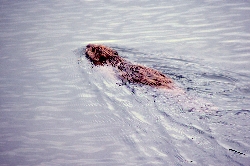
Courtesy & © Mary Heers
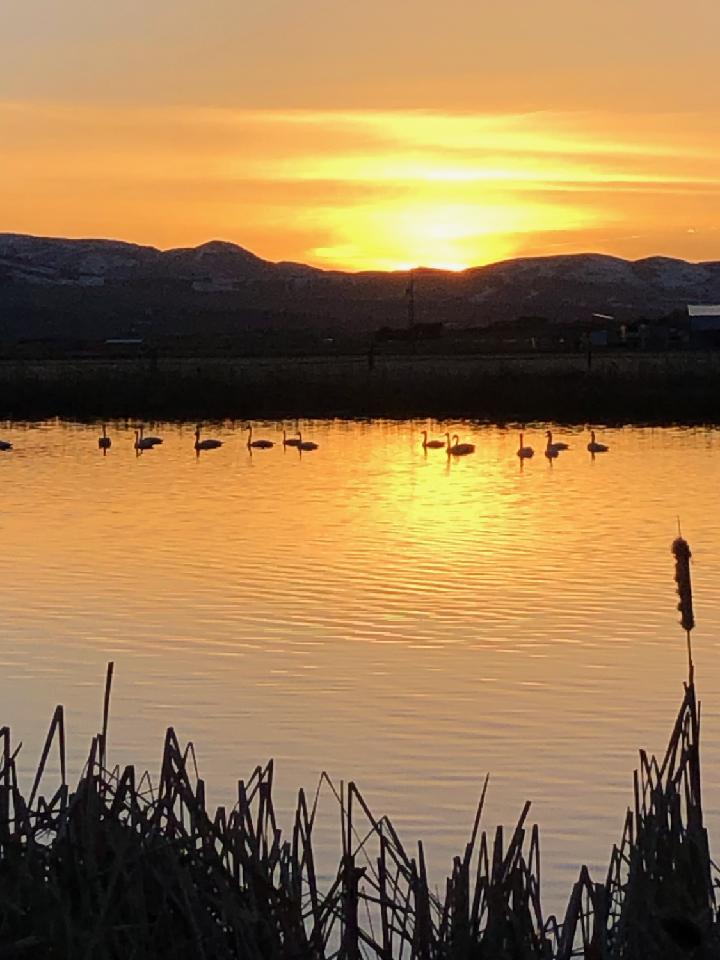 Tundra Swans at Dusk
Tundra Swans at Dusk
Courtesy & © Mary Heers
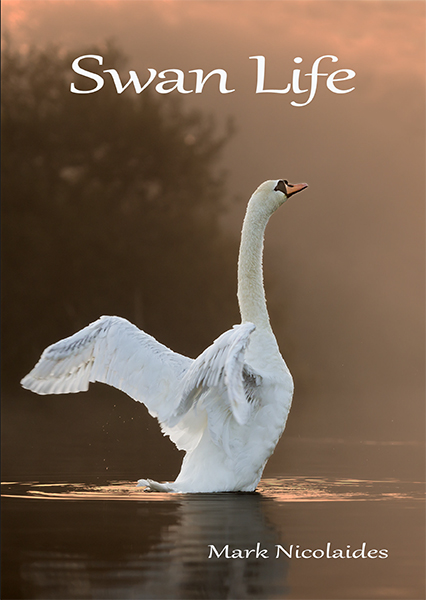 Swan Life Book Cover,
Swan Life Book Cover,
Courtesy & © Copyright Mark Nicolaides, All Rights Reserved
https://www.swanlife.com/about
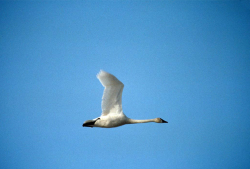 Tundra Swan in Flight
Tundra Swan in Flight
Cygnus columbianus
Courtesy US FWS
Donna A Dewhurst, Photographer
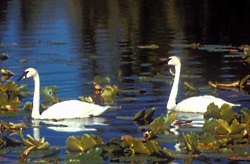 Tundra Swan Pair
Tundra Swan Pair
Cygnus columbianus
Courtesy US FWS
Tim Bowman, Photographer
 Mounted Swan at the Bear River Migratory Bird Refuge
Mounted Swan at the Bear River Migratory Bird Refuge
Courtesy & © Mary Heers, PhotographerTwo weeks ago I got an excited phone call from a friend of mine in Fairview, Idaho.
“The swans are back,” she said. I hopped in my car and raced over to watch as hundreds of swans plodded over the bumpy cornfields, devouring the bits and pieces of corn left behind by the harvester.
My next stop was the Bear River Migratory Bird Refuge, and sure enough, hundreds of swans were there too, dipping their heads into the shallow water and pulling up one of their other favorite foods, pondweed.
These magnificent migrating birds had already flown hundreds of miles from southern parts of the hemisphere, and had hundreds of miles still to go. They were here to briefly rest and recharge.
What happens to these swans in the next few months is a somewhat private affair. The swans pair up for life, and fly north to build their nests in remote areas close to the arctic Circle. I was curious. So I sent away for a book, Swan Life by Mark Nicolaides, who won the trust of a pair of mute swans on a nature reserve in England, and was able to observe them raise their young in the wild.
Mark’s story begins with Kay, the female, sitting on her nest. Kob, the male, was standing guard. Kay sat on the nest, rain or shine, for 6 weeks. But very soon after the chicks hatched, Kay hopped out of the nest into the shallow surrounding moat. The bewildered chicks had no choice but to plunge headlong out of the nest and plop into the water. It was their day one, and time for their first swim. Also time to learn to forage for their own food. Unlike bird mothers who bring food to their chicks, Kay got her chicks out of the nest and led them to food.
Over the summer, the young swans stopped looking like gray balls of fluff. They put on weight, stretched out their necks and wings and grew thousands of feathers. They learned to flap their wings and walk at the same time. At five months, it was time to learn to fly. Kay waited for a windy day, and took them to an open stretch of water. Pointing into the wind, she galloped over the water, pounding her wings, and lifted off. The young swans raced after her, the breeze giving them that little bit of extra lift. Their tails were still draping along in the water, but it still counted as flight.
Mark writes how the young swans went wild – like players who score a goal in the World Cup. They beat the water into a foam, dove underwater and came up like sea monsters with their mouths wide open, and finished with a flip upside down.
Meanwhile the weather was changing and it was time to migrate south. Almost to a day, five months after they hatched, the young swans flew off one by one, to join other migrating swans and begin their own adult lives.
So if you missed seeing the Tundra swans passing through Cache Valley this month, you’ll have another chance when they pass through in the fall. These beautiful birds, weighing about 15 pounds and averaging a wingspan over 6 feet, are a sight not to be missed.
But what I like best is the thunder of their wings as they run across water and lift off.
This is Mary Heers and I’m Wild About Utah.
Credits:
Photos: Courtesy & Copyright © Mary Heers
Book cover: Courtesy & © Copyright Mark Nicolaides, All Rights Reserved https://www.swanlife.com/about
Photos: Courtesy US FWS, Donna A Dewhurst and Tim Bowman, Photographers
Featured Audio: Courtesy & Copyright © Kevin Colver, https://wildstore.wildsanctuary.com/collections/special-collections/kevin-colver
Text: Mary Heers, https://cca.usu.edu/files/awards/art-and-mary-heers-citation.pdf
Additional Reading: Lyle Bingham, https://bridgerlandaudubon.org/
Additional Reading
Wild About Utah, Mary Heers’ Postings
Nicolaides, Mark, Swan Life, Lulu Press, June 3, 2015, https://www.amazon.com/Swan-Life-Mark-Nicolaides/dp/1326281208
Mark Nicolaides’ website: https://www.swanlife.com/about
Tundra Swans, All About Birds, The Cornell Lab of Ornithology, Cornell University, https://www.allaboutbirds.org/guide/Tundra_Swan/overview
Strand, Holly, Til Death Do Us Part, Wild About Utah, February 21, 2013, https://wildaboututah.org/til-death-do-us-part/
Tundra Swan, Utah Bird Profile, UtahBirds.org, https://utahbirds.org/birdsofutah/ProfilesS-Z/TundraSwan.htm
Other Photos: https://utahbirds.org/birdsofutah/BirdsS-Z/TundraSwan.htm

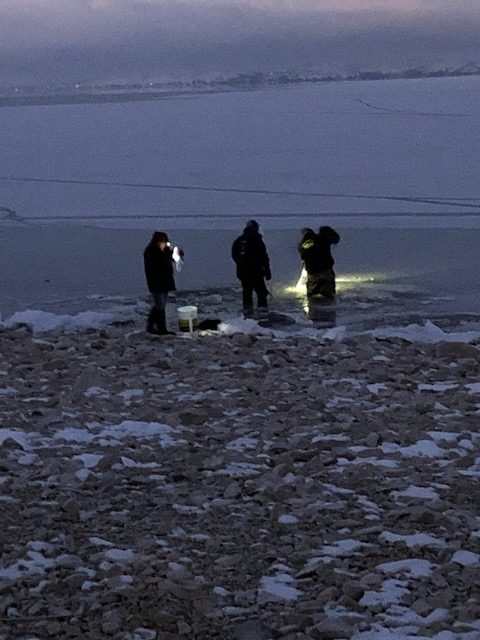

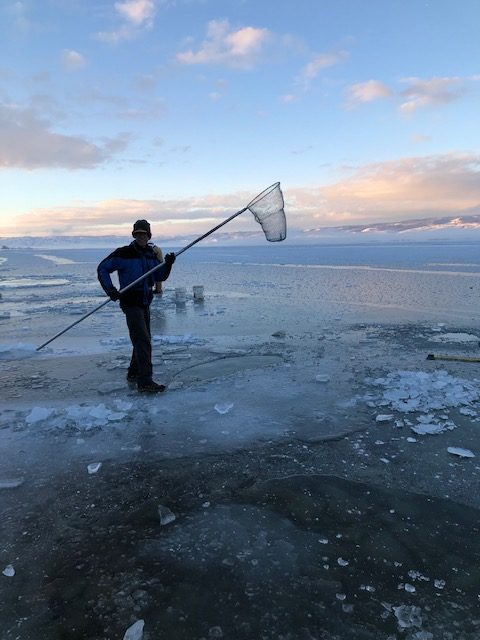

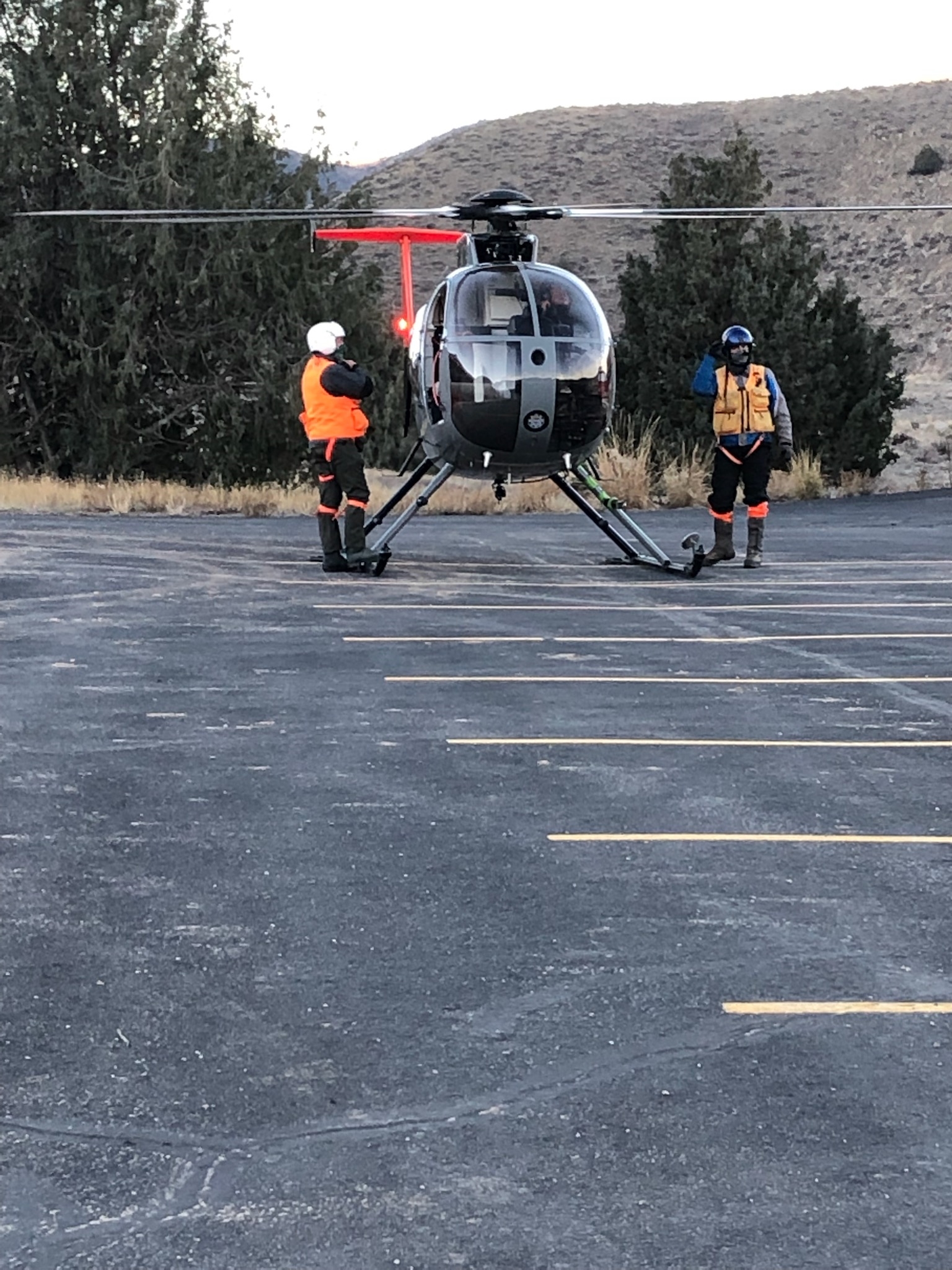
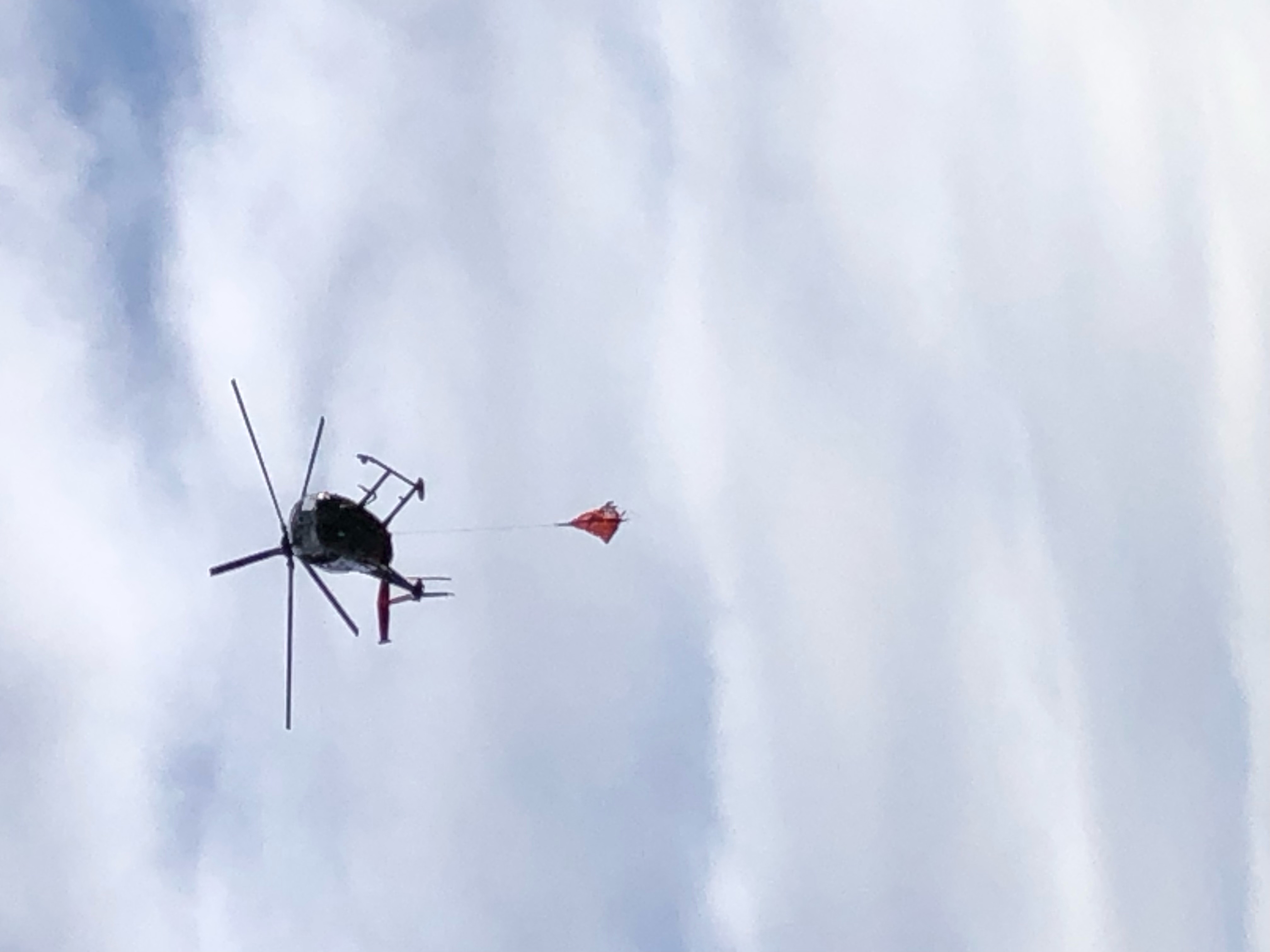 Mule Deer Incoming
Mule Deer Incoming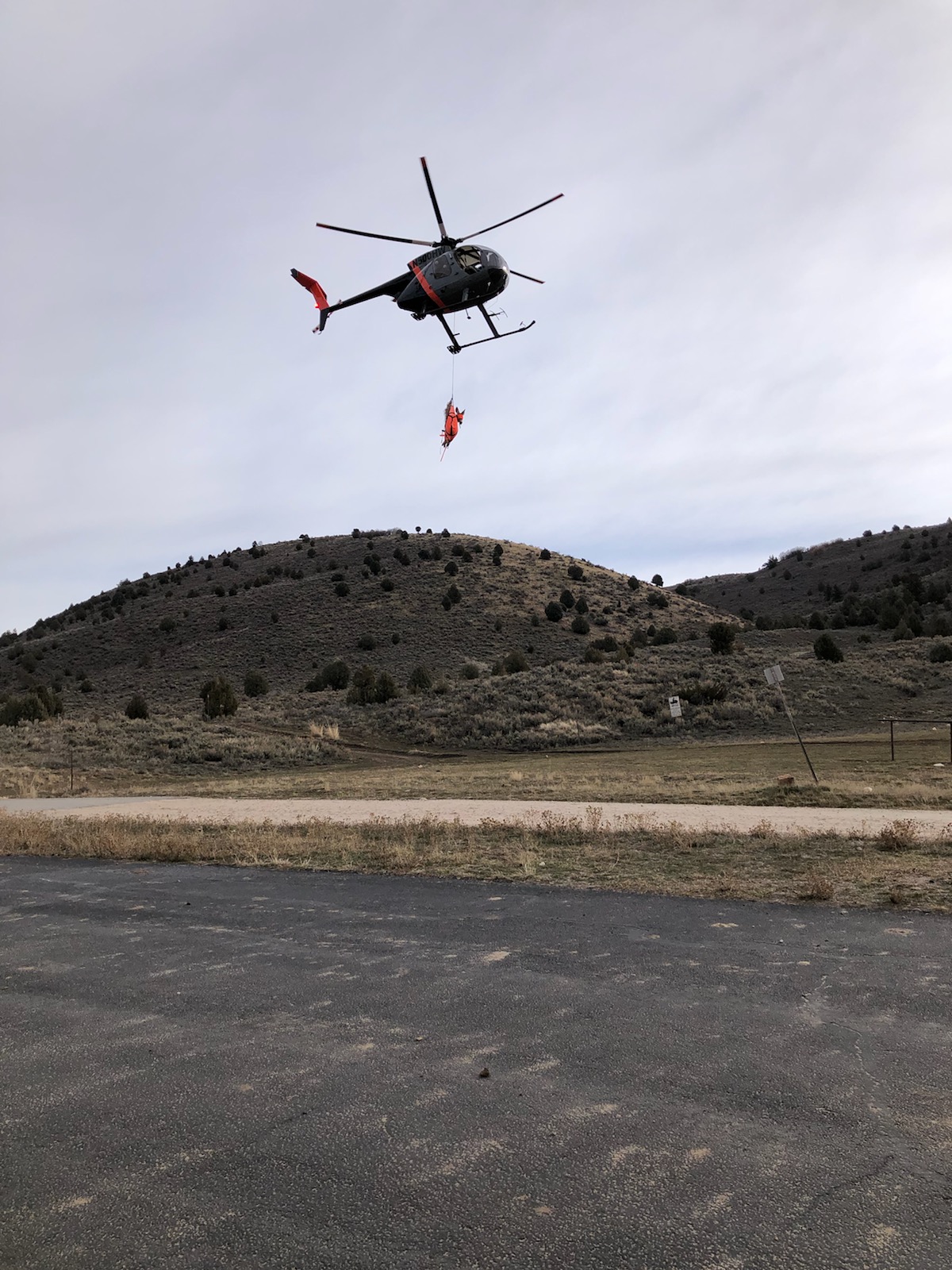 Mule Deer Incoming
Mule Deer Incoming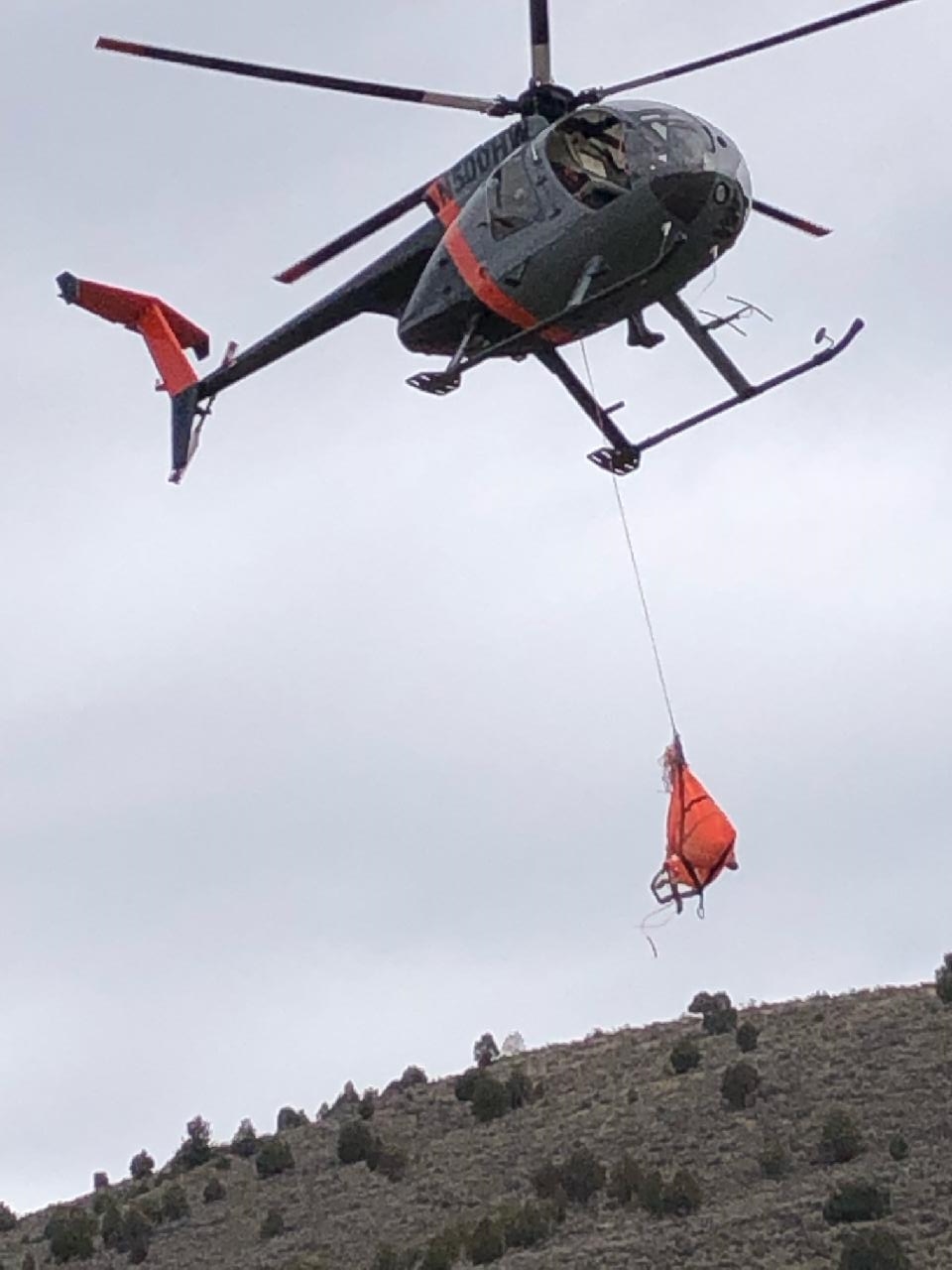 Helicopter Carrying Mule Deer
Helicopter Carrying Mule Deer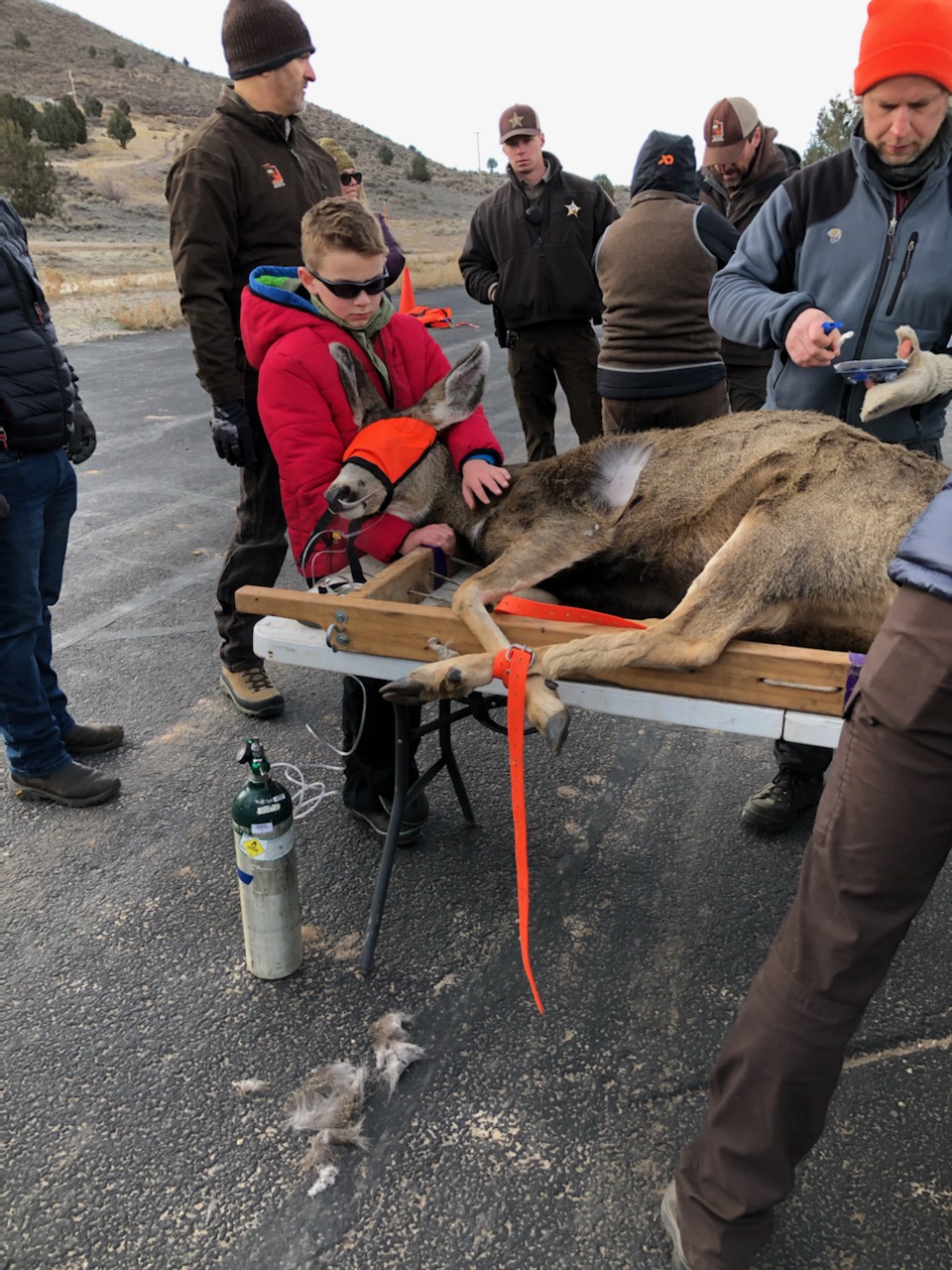 Mule Deer Health Check
Mule Deer Health Check